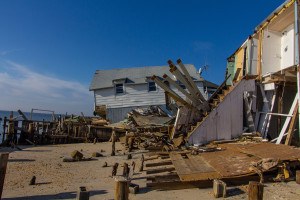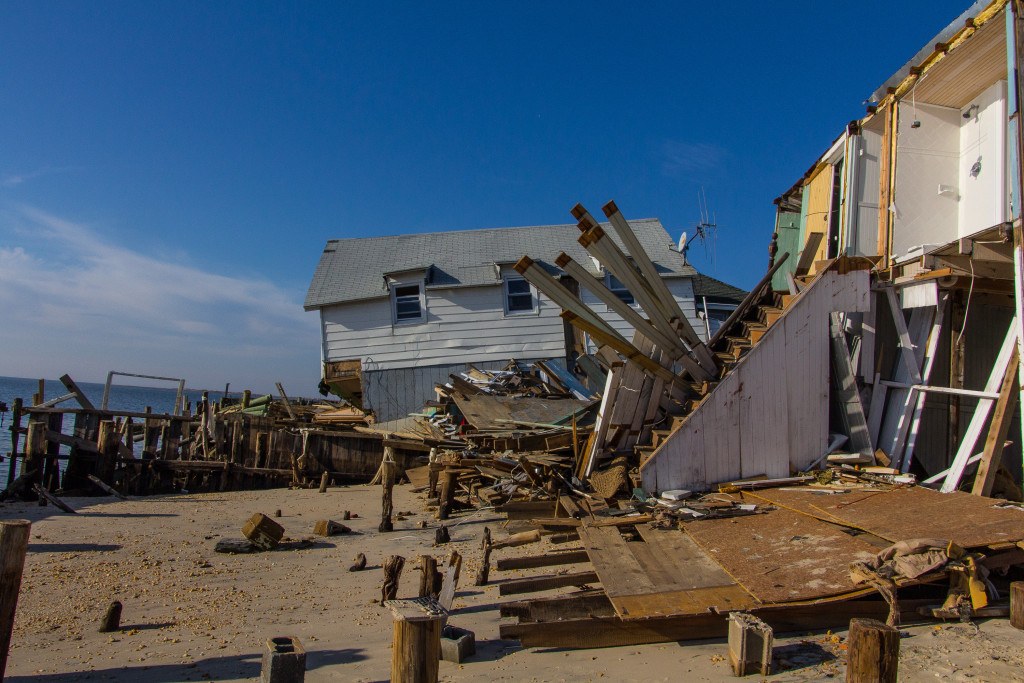A new underwriting tool to assess potential risk from sewer backup and basement flooding has been released by CoreLogic.
The global property information, analytics and data services provider said the Sewer Backup Risk Score identifies the potential risk of sewer backup and basement flooding with unique location-specific analysis. The product can be integrated into other CoreLogic hazard products, allowing insurers to assess portfolio risk and reduce the number of claims for hazard events by avoiding underwriting properties with higher risk scores. In addition, it can be directly incorporated in the insurer’s underwriting process or an insurer can have a qualitative assessment completed.
According to Lindene Patton, vice president of and global head of Hazard Products at Corelogic, the product can be integrated into underwriting processes to aid in the understanding of risk potential based on factors that include watershed hydrology, rainfall intensity and frequency, soil hydro properties, tree coverage, land depression, and aging sewer infrastructure, combined sewer areas, land slope, elevation variances between properties and potential flood sources, and sewer system patterns.
Patton said sewer backup claims are increasing due to converging circumstances like increased urbanization, an aging infrastructure, more frequent and severe claim events, and the continued migration to coastal areas of the U.S which includes both lakes and oceans.
“That exposes people to storm surge flooding,” said Patton.

She said rainfall frequency and intensity, land use, tree coverage and soil type, and sewer systems are factors to be considered when examining flash flooding exposures. In addition, there are flooding implications when rural land used in agriculture is changed to an urban area.
Insurers are continually challenged with underwriting sewer backup exposures, Patton said.
“Underwriting sewage backup exposures is a tremendous challenge for our insurers at this point,” said Patton. “That is because the data that is collected in traditional manners and the assessments done in the traditional manners like those that occur with the national flood insurance program and with the creation of flood maps are really focused only on individual sources of risk.”
Sewer backup claims are expensive, a typical claim averages in the mid $30,000’s. In addition, Patton noted that these types of claims can be difficult to adjust, since policies don’t always address sewage backup.
“[Sewer backup claims are] increasing in value at a rate in excess of the inflation by far,” Patton said.
The Association of California Water Agencies estimates an average of more than 500,000 sewer backup claims annually and the Insurance Information Institute reports average claims rise three percent per year.
“As average sewer backup claims continue to rise, insurance companies have to be able to better evaluate potential risk for this type of endorsement,” said Patton.“Their underwriting decisions must be good risks for their books of business. With access to these data-driven insights, they are empowered to make smarter decisions and can even pass along advice to their customers on how to mitigate against the risk.”
Was this article valuable?
Here are more articles you may enjoy.


 US Eyeing Ship’s Electrical System After Baltimore Bridge Crash
US Eyeing Ship’s Electrical System After Baltimore Bridge Crash  Report: Vehicle Complexity, Labor ‘Reshaping’ Auto Insurance and Collision Repair
Report: Vehicle Complexity, Labor ‘Reshaping’ Auto Insurance and Collision Repair  Justice Department Preparing Ticketmaster Antitrust Lawsuit
Justice Department Preparing Ticketmaster Antitrust Lawsuit  Poll: Consumers OK with AI in P/C Insurance, but Not So Much for Claims and Underwriting
Poll: Consumers OK with AI in P/C Insurance, but Not So Much for Claims and Underwriting 